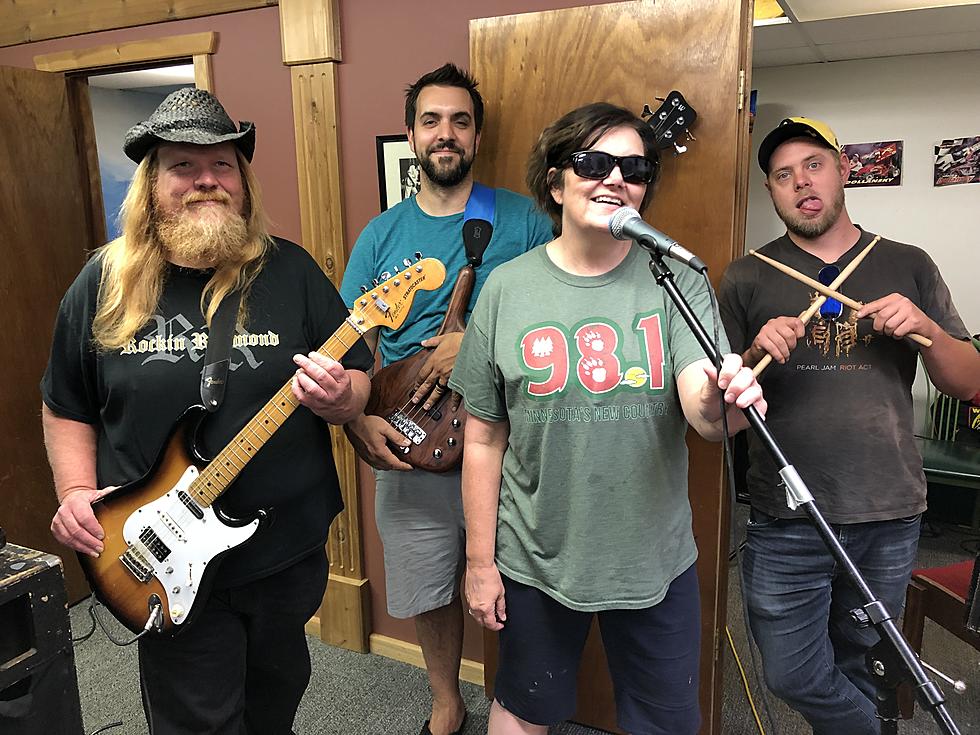
Here’s How I’m Getting Ready For Gig Season
So since late 2019, I don't believe I've played more than a handful of shows -- until that is -- I played my first gig this year at The Martini Lounge above the Red Carpet in downtown St. Cloud.
Since I knew that my first gig was coming up, there were a lot of things I needed to do.
GET YOUR EQUIPMENT TOGETHER
First of all, I needed to locate all of my performance gear. Since it has been awhile, I've actually brought some of the equipment I typically use for stage performancesinto my home, working on some studio projects. The last thing you want to happen is to wait until the day of your first performance, and you're searching for everything you need. If you're going to be gigging, you're going to need to know where these things are:
- Speakers
- Amplifiers
- Instruments
- Microphones
- Microphone stands
- Instrument stands for your guitars, keyboards, drums, etc.
- Power cords
- Power supplies for instruments
- Power strips
- Instrument cables
- Speaker cables
- Mixing board
- Pedals for guitars and keyboards
- Headphones
- Ipad
- Music books/sheet music
COUNTING CABLES
Depending on what type of gig I'm playing, I have certain items in specific locations. For example, you'll find a microphone, instrument cable, microphone cable, my piano damper pedal, in the side bag of my keyboard carrying case. Of course, I have my keyboard there as well. Pretty much, If I'm playing with another band, I don't always need to bring speakers and a mixer. That way my keyboard is always ready for any type of show.

But if I'm in charge of the show, I count cables for the show I'm in charge of. I also set up my whole system to make sure all the speakers, cables, pedals and instruments are all in great working condition.
LIGHTS
For most of my shows, I don't have a huge light set up, but I do have a great bass player that takes care of our light system when I'm out with Fastrack. He's got extra bulbs, carrying cases separate for all of the lighting necessities.
CHECK THE iPAD
I also think it's important to make sure you remember the songs you used to perform, and add to the list. I've been working on adding new music to my repertoire to be ready for a fresh new performance. I also need to make sure that I have my Ipad loaded with all the music notes I need, as well as backup music folders with actual paper sheets, in case technology fails me. Some people just memorize everything. If you don't play every day, this can be difficult. Most musicians I know, have an Ipad attached to their microphone stand with notes about the music that make sense to the person performing. If you looked at my files, you would have absolutely no idea what I was talking about; The fact is, it doesn't matter. Each individual artists remembers things differently. I can remember what to play, but need help with lyrics.
GET A GOOD REHEARSAL IN
Depending on if you're a beginner or a seasoned pro, everyone can use a good rehearsal, including setting up the whole system; lights, mics, stands, drums...all of it. Check your levels on your mixing board and get a good mix set before you ever head into a venue to perform.
PEEK INSIDE: Derek Jeter is Selling His Stunning Hudson Valley Lakeside Castle For Discounted Price
More From 98.1 Minnesota's New Country
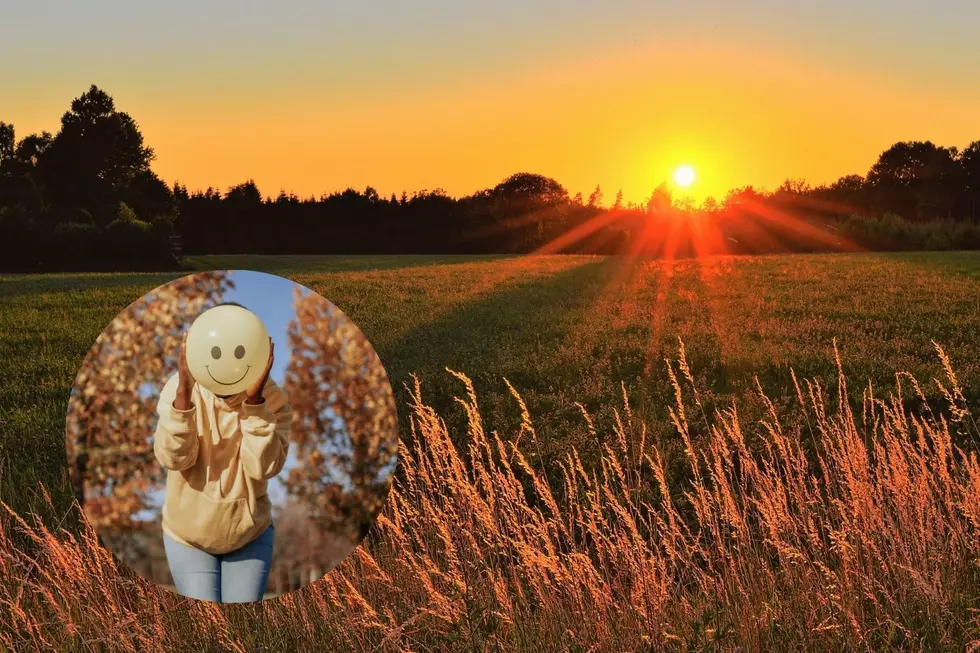



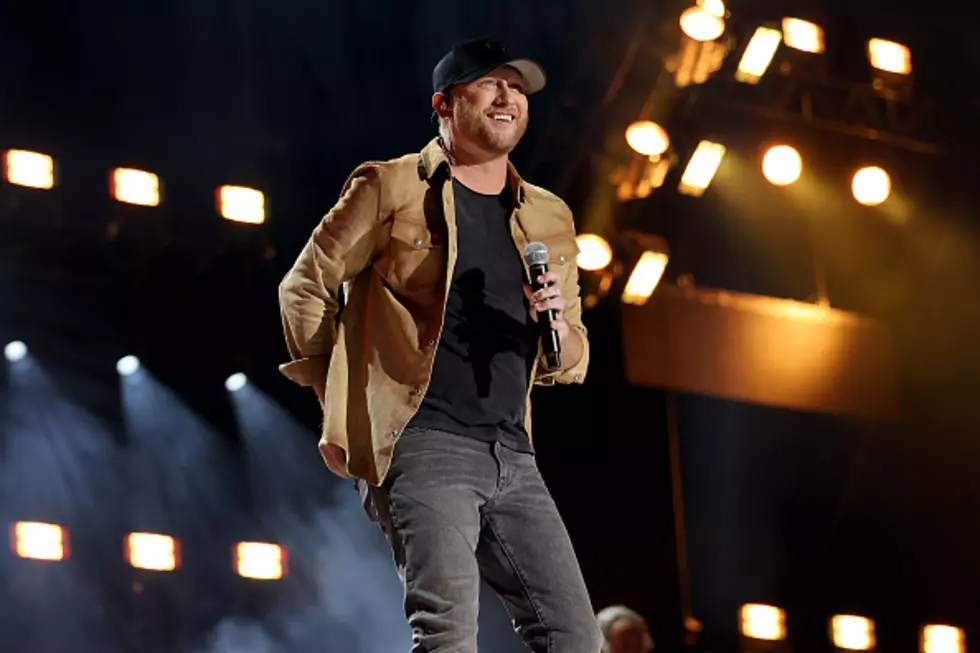
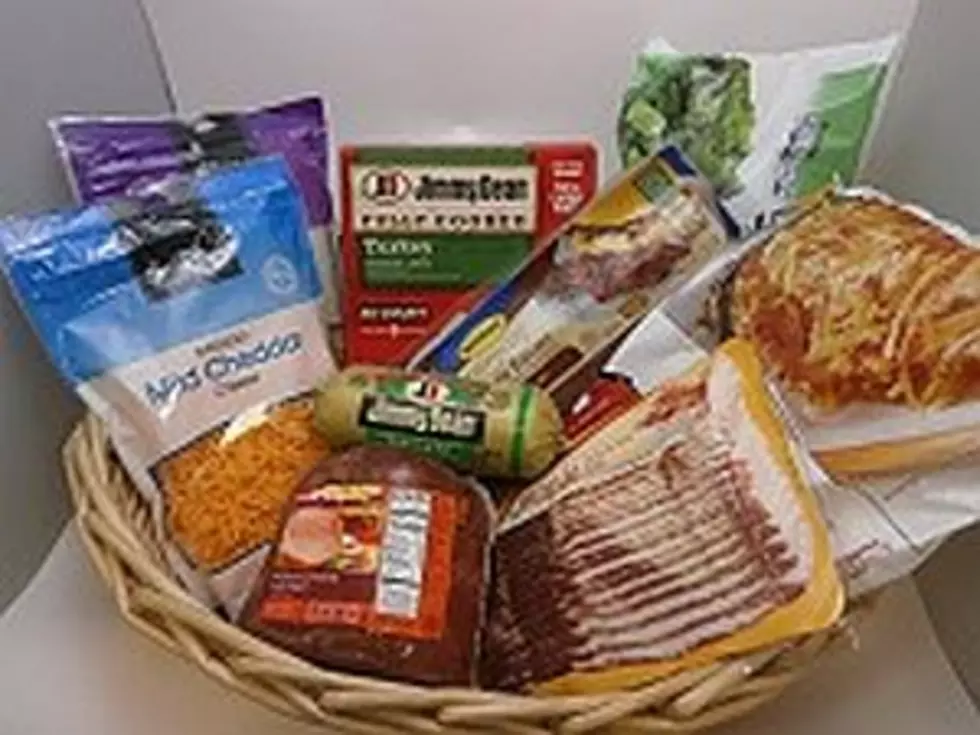
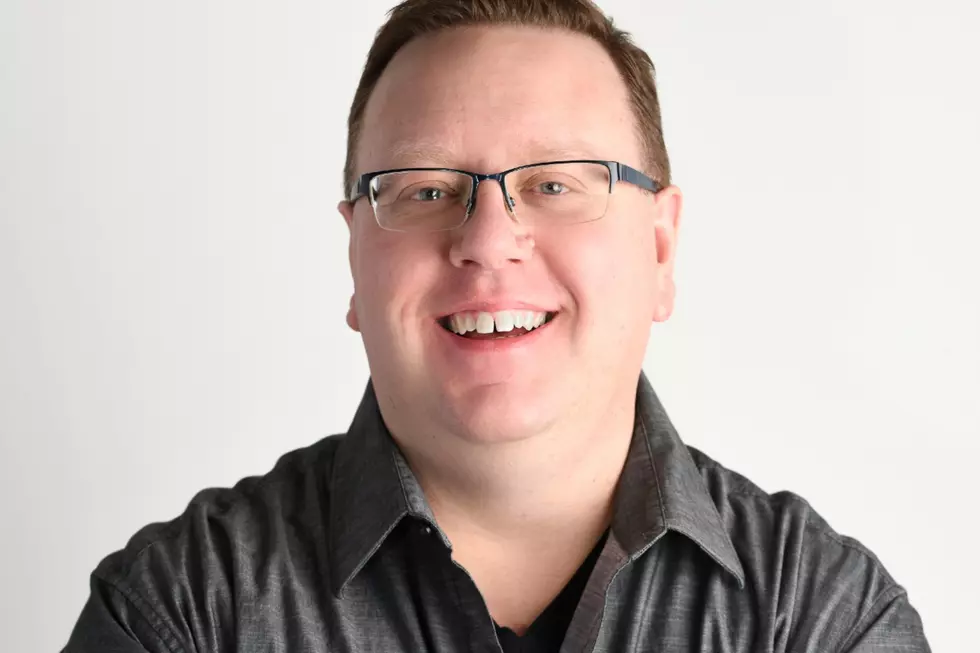
![See Photos From Pierz Freedom Fest [Kelly’s Weekend In Pictures]](http://townsquare.media/site/65/files/2022/07/attachment-Katie-Kunkel14.jpg?w=980&q=75)

